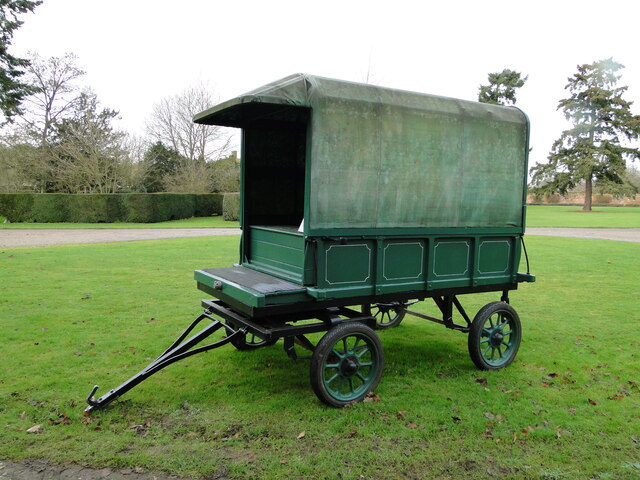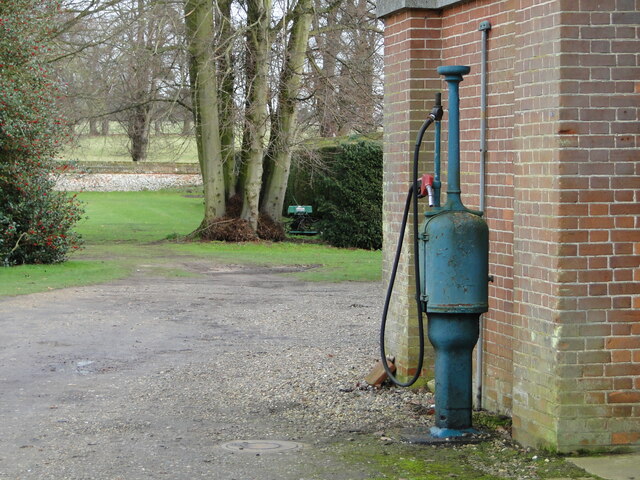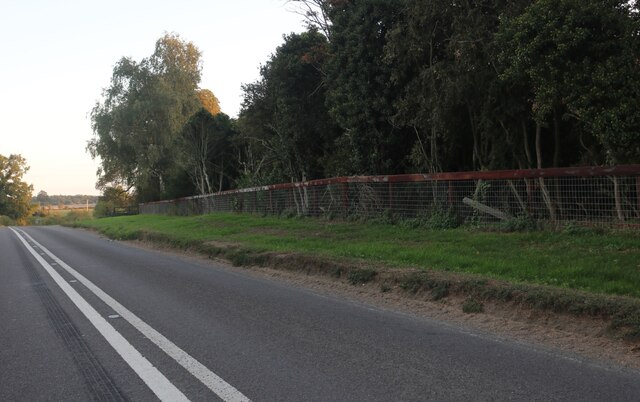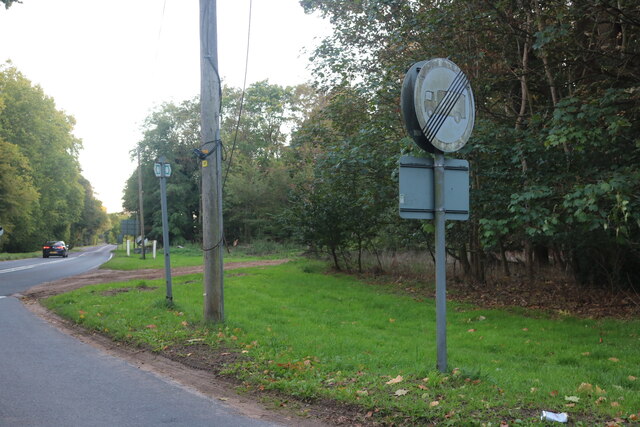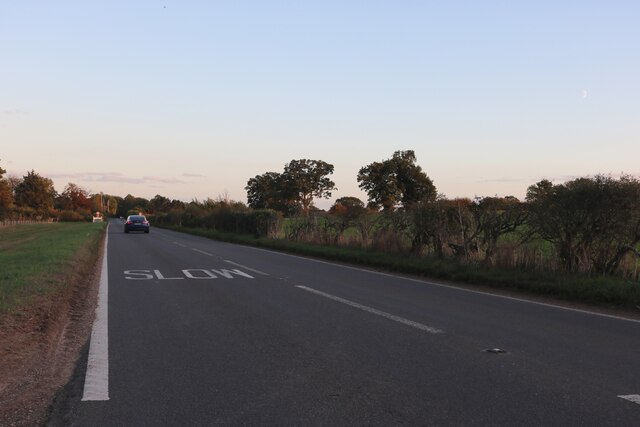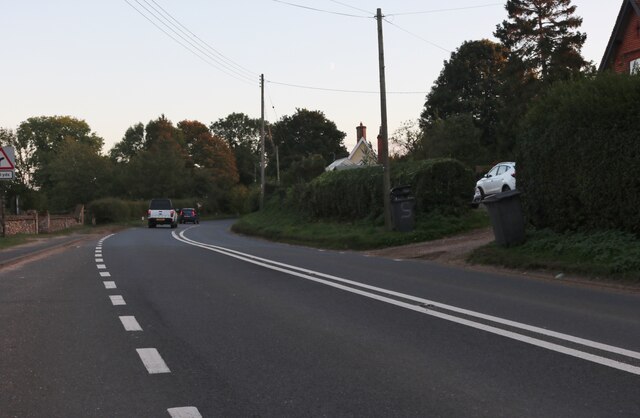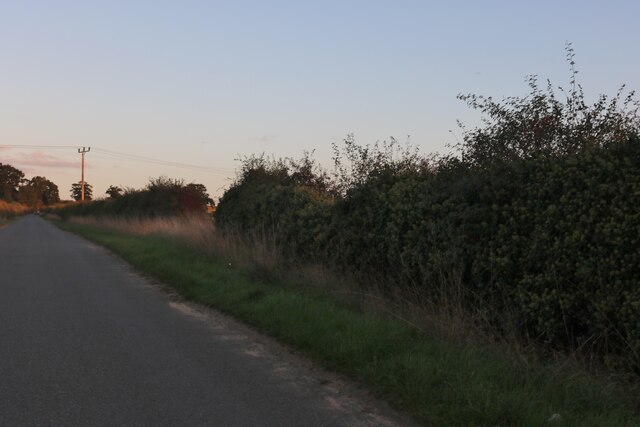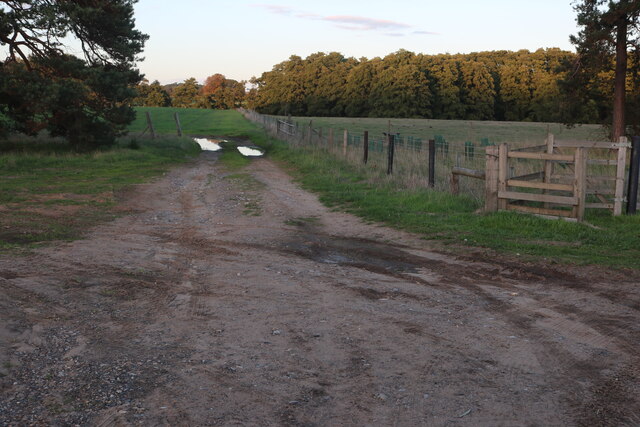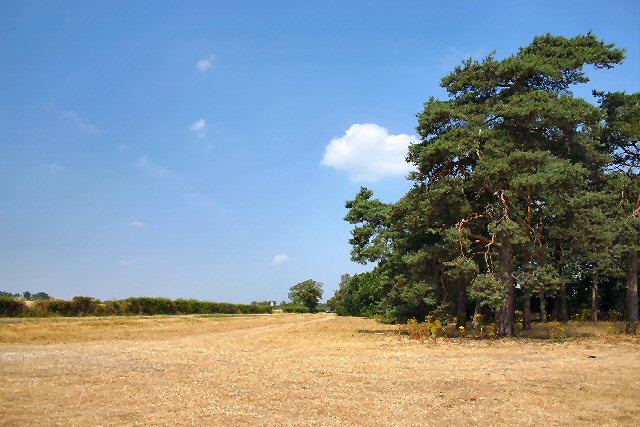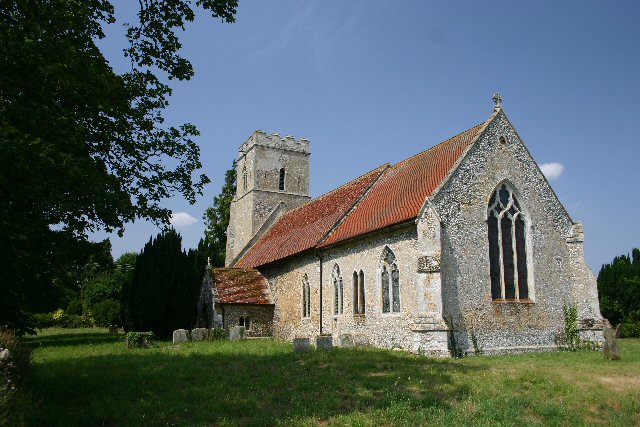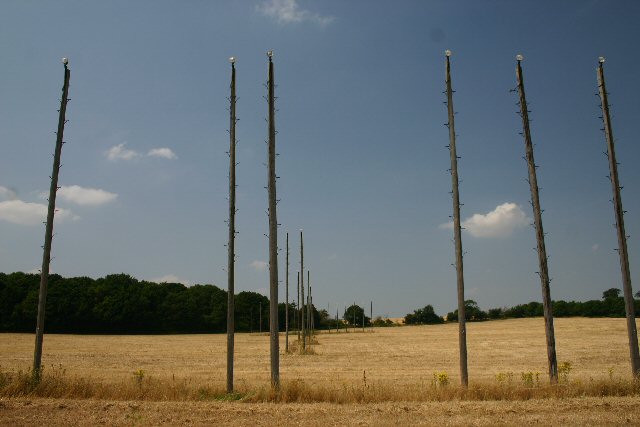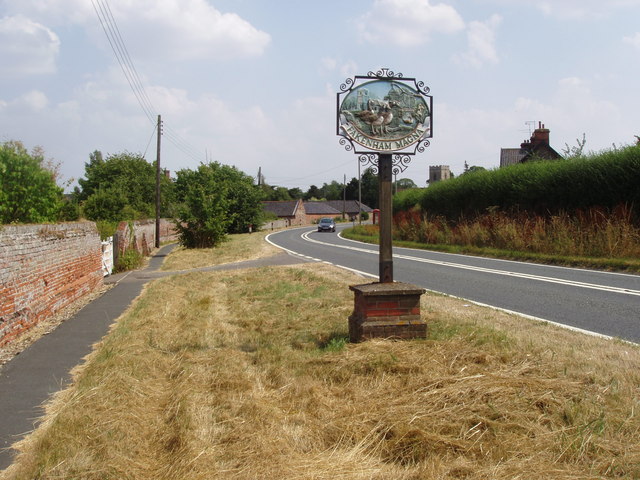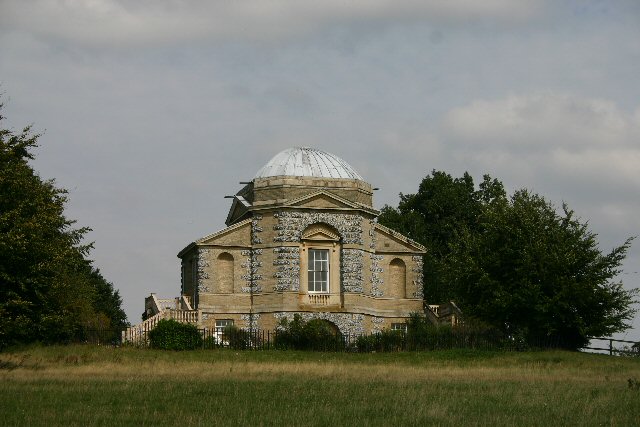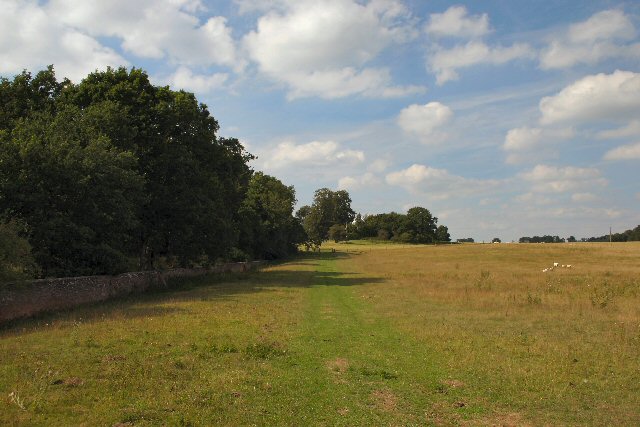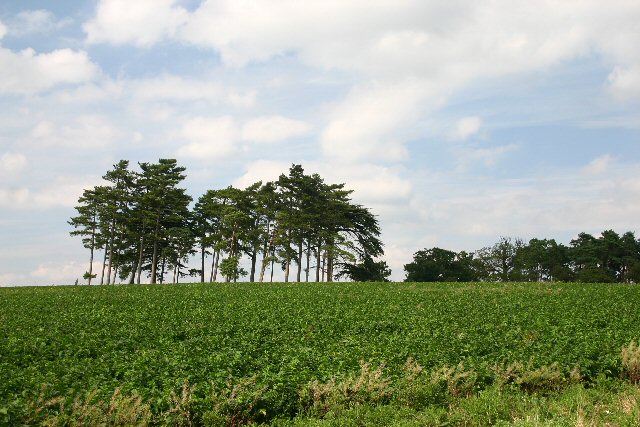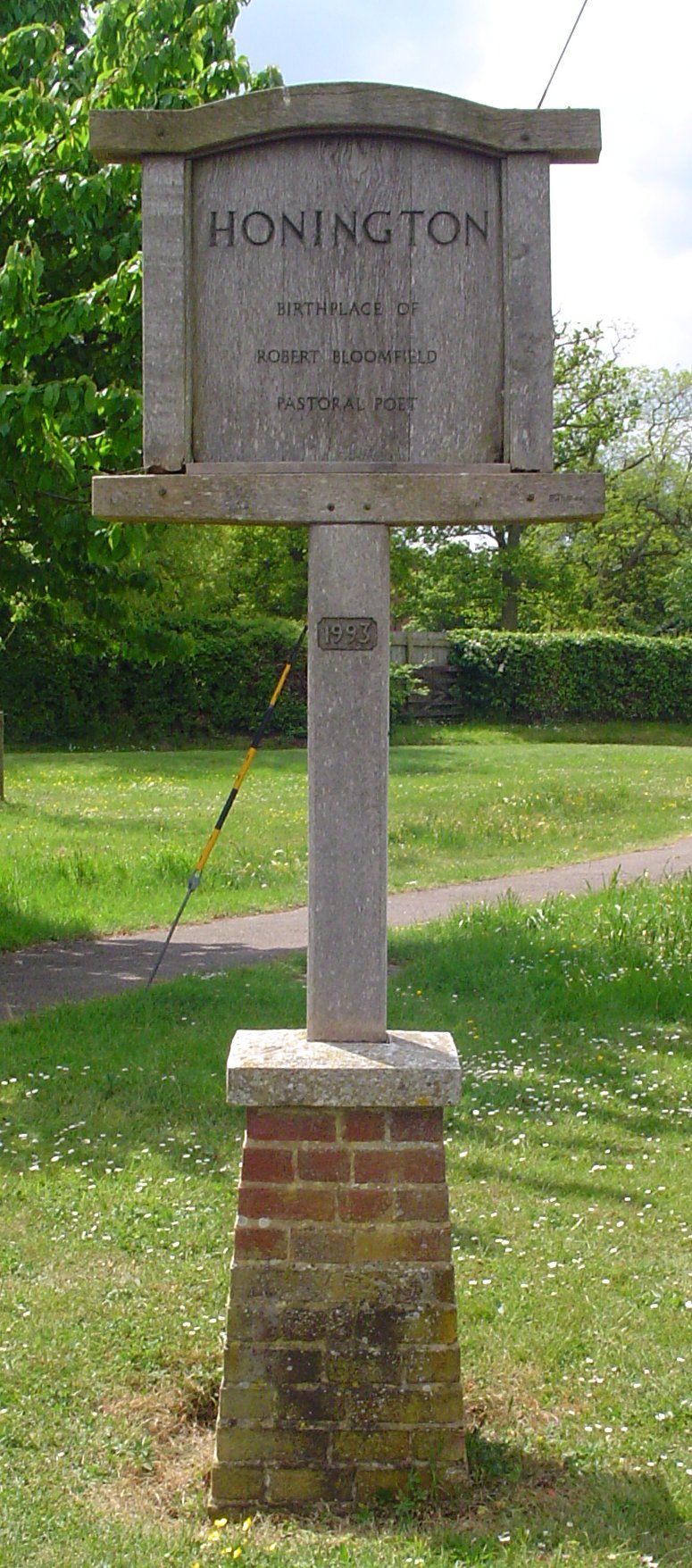Fakenham Spinney
Wood, Forest in Suffolk West Suffolk
England
Fakenham Spinney
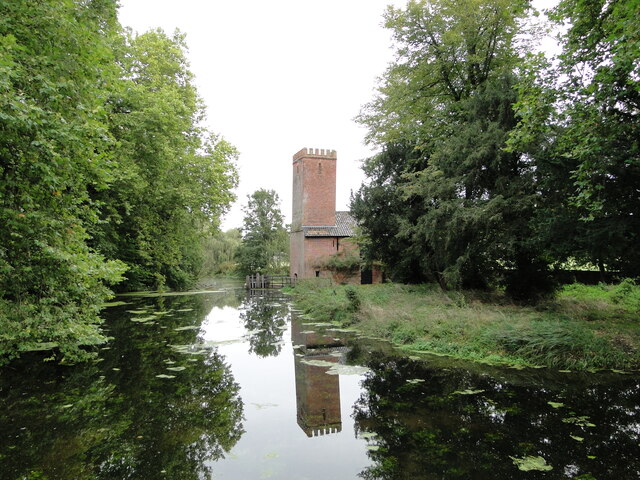
Fakenham Spinney is a picturesque woodland located in the county of Suffolk, England. Situated near the village of Fakenham Magna, this charming forest spans an area of approximately 50 acres. It is well-known for its natural beauty and diverse wildlife, making it a popular destination for nature enthusiasts and outdoor lovers.
The woodland is predominantly made up of deciduous trees such as oak, beech, and birch, which provide a stunning display of vibrant colors in the autumn months. These towering trees create a dense canopy, casting dappled sunlight on the forest floor below. Fakenham Spinney also features a variety of shrubs and wildflowers, adding to its overall charm and biodiversity.
Within the woodland, there are several well-maintained paths and trails that allow visitors to explore the area at their leisure. These paths wind through the forest, offering glimpses of the surrounding countryside and providing a tranquil escape from the hustle and bustle of daily life.
The wildlife in Fakenham Spinney is abundant and diverse. Birdwatchers will delight in the opportunity to spot species such as woodpeckers, owls, and various songbirds. Small mammals like rabbits, squirrels, and hedgehogs can also be found scurrying through the undergrowth.
Fakenham Spinney is not only a haven for wildlife but also a place of historical significance. The woodland has been in existence for centuries and has witnessed the passage of time and the changing landscape of Suffolk.
In summary, Fakenham Spinney in Suffolk is a captivating woodland that offers a peaceful retreat for those seeking solace in nature. With its lush vegetation, well-maintained trails, and abundant wildlife, it is a place where visitors can reconnect with the beauty of the natural world.
If you have any feedback on the listing, please let us know in the comments section below.
Fakenham Spinney Images
Images are sourced within 2km of 52.358983/0.78414367 or Grid Reference TL8977. Thanks to Geograph Open Source API. All images are credited.

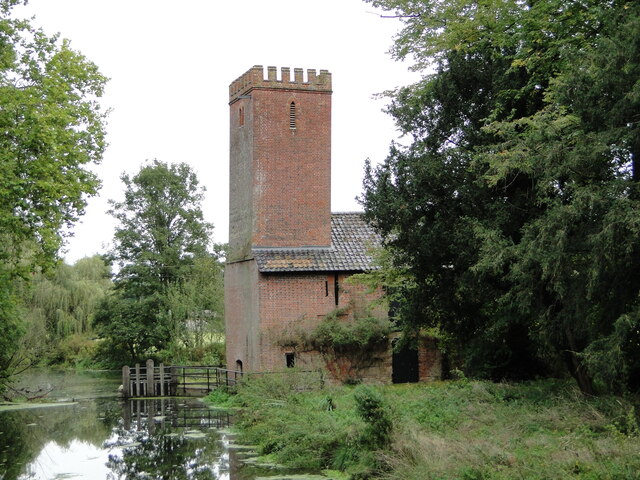
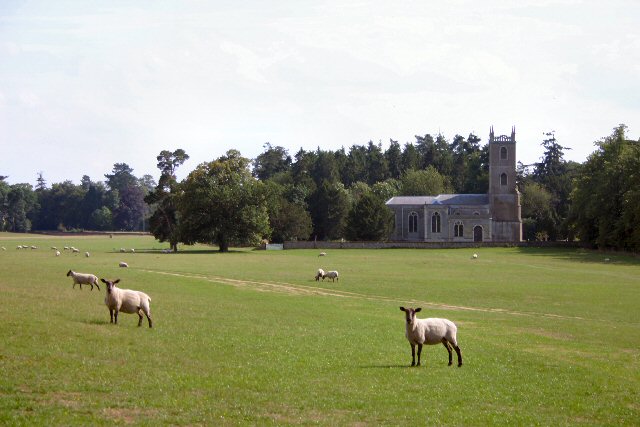
Fakenham Spinney is located at Grid Ref: TL8977 (Lat: 52.358983, Lng: 0.78414367)
Administrative County: Suffolk
District: West Suffolk
Police Authority: Suffolk
What 3 Words
///bulky.petted.rollover. Near Thetford, Norfolk
Nearby Locations
Related Wikis
Fakenham Magna
Fakenham Magna (or Great Fakenham) is a village and civil parish in the West Suffolk district of Suffolk in eastern England. The meaning of the word 'Fakenham...
Euston Hall
Euston Hall is a country house, with park by William Kent and Capability Brown, located in Euston, a small village in Suffolk located just south of Thetford...
Euston, Suffolk
Euston is a village and civil parish in the West Suffolk district of Suffolk in eastern England. Located on the A1088 around two miles south of Thetford...
RAF Honington
Royal Air Force Honington or more simply RAF Honington (IATA: BEQ, ICAO: EGXH) is a Royal Air Force station located 6 mi (9.7 km) south of Thetford near...
Honington, Suffolk
Honington is a village and civil parish located in Bardwell Ward and Pakenham and Troston Wards of West Suffolk District Council, Suffolk in eastern England...
Sapiston
Sapiston is a small village and civil parish in the West Suffolk district of Suffolk in eastern England, located near the Suffolk-Norfolk border. It is...
Barnham Heath
Barnham Heath is a 78.6-hectare (194-acre) biological Site of Special Scientific Interest near Barnham, a village south of Thetford in Suffolk. It is a...
Fakenham Wood and Sapiston Great Grove
Fakenham Wood and Sapiston Great Grove is a 200.7-hectare (496-acre) biological Site of Special Scientific Interest north of Sapiston in Suffolk.These...
Nearby Amenities
Located within 500m of 52.358983,0.78414367Have you been to Fakenham Spinney?
Leave your review of Fakenham Spinney below (or comments, questions and feedback).
